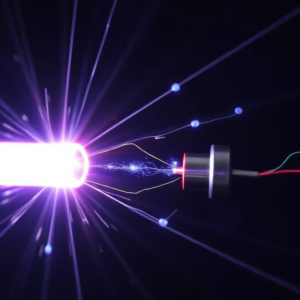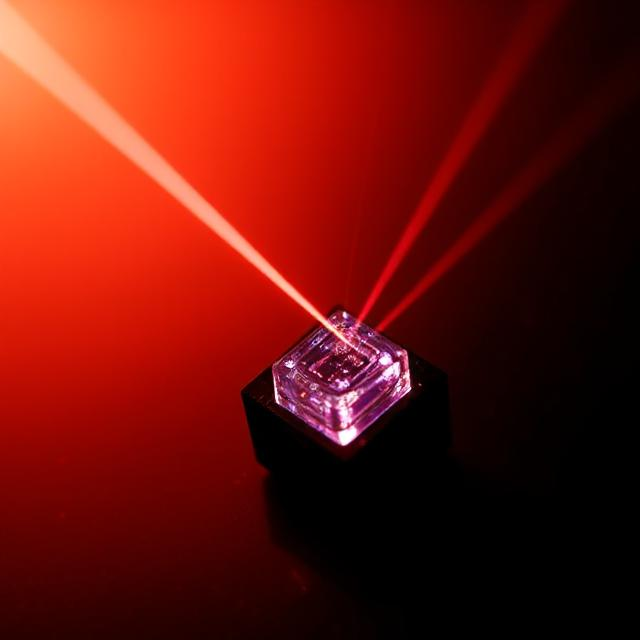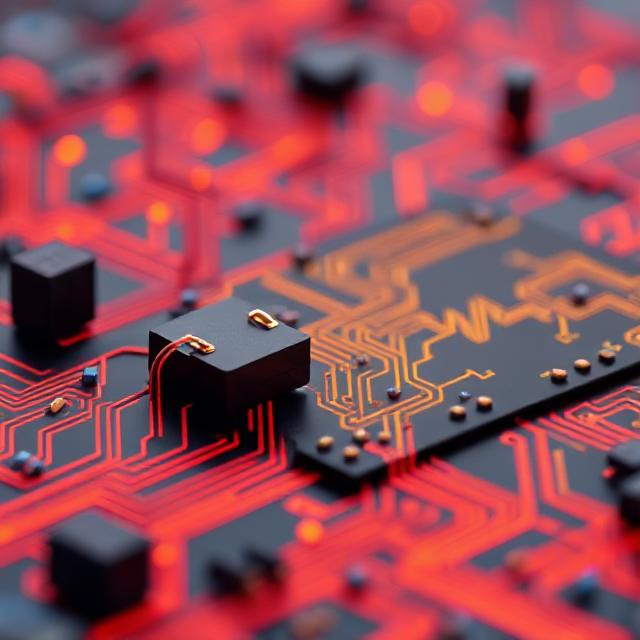Silicon photonics is a technology that combines the power of light (photons) with the electrical circuits made from silicon, the same material used in computer chips. It’s a way to send and process information using light instead of electrical signals, which can be faster and more efficient.
![]()
Here’s a simple breakdown:
1. What is Photonics?
Photonics is the science and technology of using light (photons) to transmit and process information, just like electronics uses electricity (electrons). Photonics can handle data transmission much faster than electrical signals in many cases.
2. What is Silicon Photonics?
Silicon photonics is when we use silicon, a material that is widely used in electronics, to build devices that can handle light signals. The idea is to use light for data transmission and processing, but still be able to integrate everything into the same silicon-based chips we already use in computers, phones, and other devices.
3. Why Use Light Instead of Electricity?
- Speed: Light moves incredibly fast, much faster than electrical signals in copper wires. This means we can transfer more data in less time.
- Less Heat: Electrical signals create heat as they move through wires, but light doesn’t create as much heat. This can help make devices run more efficiently.
- Bandwidth: Light can carry much more data than electrical signals, so using light allows for much higher data transfer rates.
4. How Does Silicon Photonics Work?
- Guiding Light on Silicon Chips: In silicon photonics, light is guided through tiny channels called “waveguides” on the chip. These are like tiny optical fibers that can guide light to where it’s needed.
- Converting Light to Electrical Signals: Sometimes, you need to turn the light signal into an electrical signal to process it, so silicon photonics uses special devices to convert light into electricity.
- Lasers and Detectors: On the chip, there are tiny lasers that can generate light and detectors that can capture the light. These components allow the chip to send, receive, and process light signals for data communication.
5. Applications of Silicon Photonics
- Faster Internet: Silicon photonics can be used to build high-speed optical networks. These networks use light to transmit data over long distances, like the internet backbone, which allows for faster, more efficient data transfer.
- Data Centers: In big data centers, where lots of servers need to communicate with each other, silicon photonics can speed up data transfer between them. This reduces delays and helps make cloud computing faster.
- Telecommunications: Light is already used in fiber-optic cables to carry data over long distances. Silicon photonics can improve how this technology works by allowing devices to send and receive data more efficiently.
- Consumer Electronics: In the future, silicon photonics could improve the speed and performance of everyday electronics like computers, smartphones, and wearables.
6. Why Silicon?
- Cheap and Familiar: Silicon is inexpensive and the most commonly used material in electronics. By using it for photonics, we can take advantage of existing manufacturing processes and infrastructure.
- Small Size: Silicon can be molded into tiny, intricate designs, making it perfect for building tiny photonic devices that can fit into small spaces.
7. Challenges
- Integrating Light with Electronics: One challenge is making the transition between electrical signals and light signals. We need efficient ways to convert light to electricity and vice versa, which requires specialized components.
- Heat: Although light doesn’t produce as much heat as electrical signals, silicon can still get hot when handling a lot of data, which could impact performance.
Summary
Silicon photonics is a technology that uses light to process and transmit information on silicon chips. It combines the benefits of light—such as speed and efficiency—with the low cost and small size of silicon. This technology is useful for creating faster internet, improving data centers, and could even improve consumer electronics in the future. By using light instead of electrical signals, we can build faster and more powerful systems.











